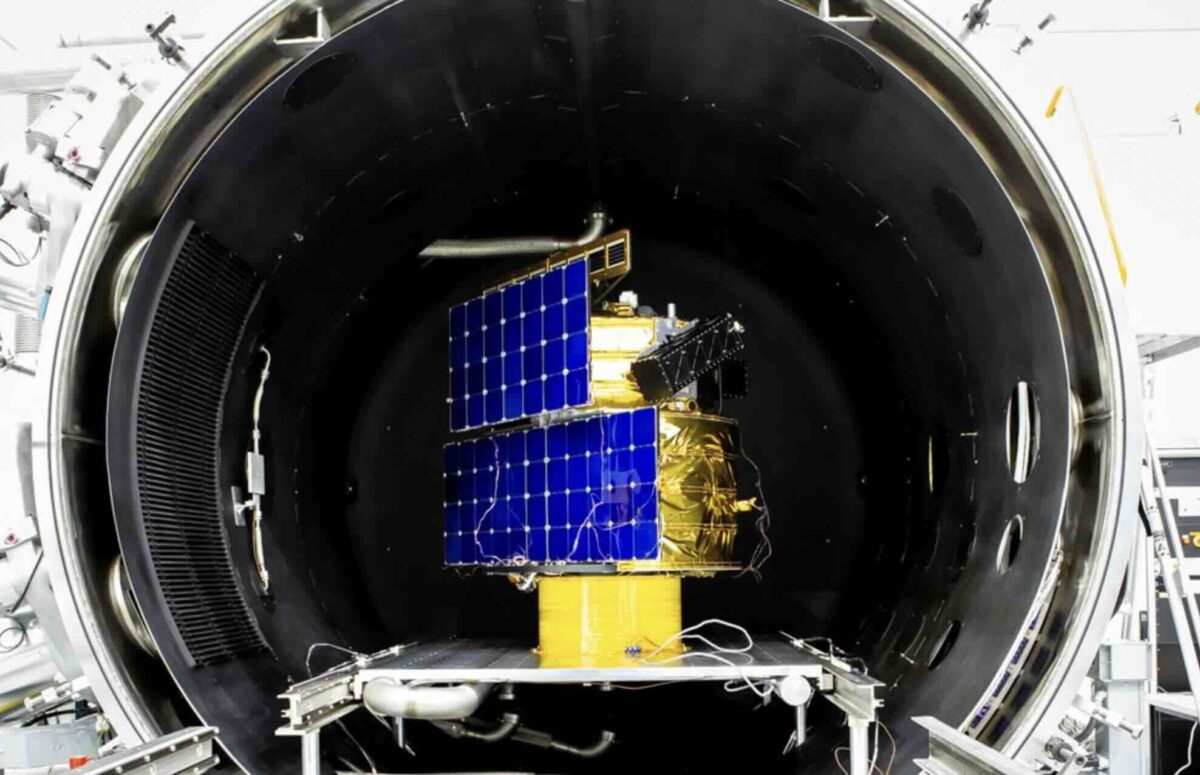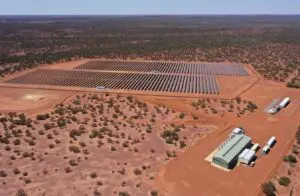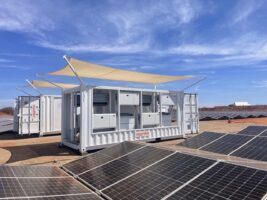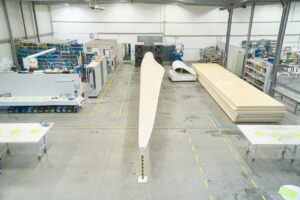State-of-the-art printed and flexible solar cells developed by Australia’s national science agency CSIRO have been launched into space Tuesday to help power Australia’s largest private satellite.
Eight mini solar modules of CSIRO’s printed flexible solar cells were attached to the surface of the Optimus-1 satellite, Australia’s largest private satellite that has been built by Space Machines, and which was launched into space on Tuesday on board SpaceX’s Transporter-10 mission.
The perovskite-based solar cells (PSCs) are fabricated on flexible substrates and provide a significant increase in the power-to-mass ratio of the solar cell’s power output.
While there are potentially numerous applications for such lightweight and flexible solar cells, their potential use in space is what has many experts most excited.
The development of spacecraft of any size relies primarily on minimising weight and so the cells must be both low-mass and high-efficiency.
“CSIRO’s printed flexible solar cells could provide a reliable, lightweight energy solution for future space operations and exploration,” said Dr Kimberley Clayfield, CSIRO space program director.
“If the space flight test reveals similar performance as we’ve shown in the lab, this technology offers significant advantages over traditional silicon-based solar.”
The use of CSIRO’s printed flexible solar cells on Optimus-1 will help to confirm the technology’s ability to withstand the extreme conditions in space as well as provide CSIRO with data on the efficiency they achieve.
“Based on our research we expect our printed flexible solar cells will stand up to the effects of cosmic electron and gamma radiation which can compromise the performance and integrity of traditional solar cells,” said Dr Anthony Chesman, CSIRO renewable energy systems group leader.
“We are also confident these cells will outperform traditional cells in cases where sunlight hits them at non-optimal angles.
“The feedback we receive from the satellite will provide valuable insights into the practical application of our technology and inform future technology development.”
The launch of Optimus-1 comes only a week after Colorado based solar PV company Ascent Solar Technologies revealed that its own featherweight, flexible, and durable CIGS thin-film photovoltaic (PV) panels.
These will power the upcoming Lightweight Integrated Solar Array and AnTenna (LISA-T) mission, scheduled for launch this year by NASA.










